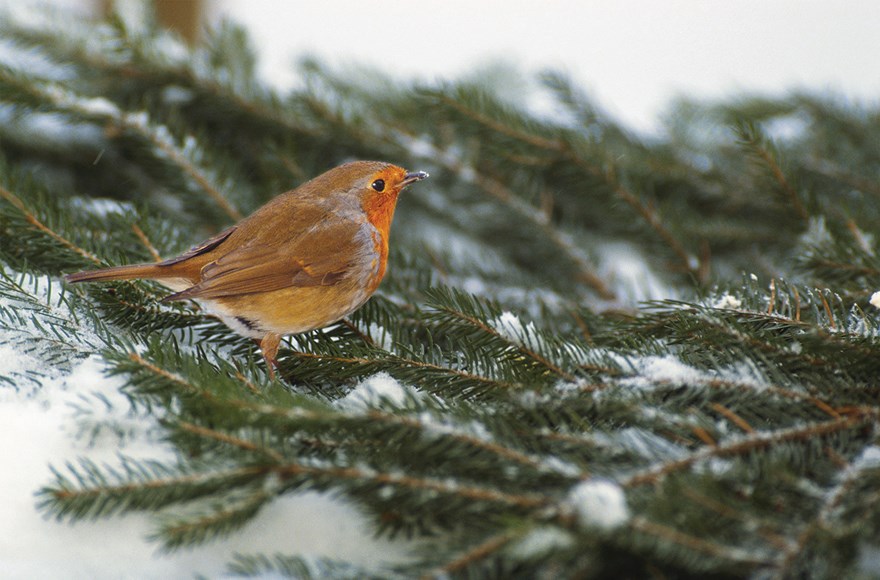The arrival of winter forces everyone to confront the changes synonymous with the season, and local wildlife is no exception. Low temperatures, harsh winter storms and a scarcity of food can make it challenging for wildlife, including birds, to thrive throughout the winter.
Even though several species of birds are migratory and travel to warmer climates to wait out winter, many others stay put. The Audubon Society says that keeping close to home helps some species of birds maintain their territories.
Some birds will puff up to retain heat; others will seek shelter in dense foliage or cavities to avoid the elements. Many birds will huddle together to share warmth.
Another way of keeping warm is building up fat as an insulator and energy source. The Audubon Society says more than 10 percent of some birds’ winter body weight may be fat. That can be challenging to maintain when common sources of food, such as insects and berries, disappear as winter wears on. This is when some human intervention can prove handy, advise ornithologists. A few simple efforts may benefit birds and other wildlife that may not hibernate winter away or escape to the tropics.
• Have a supply of food, bird feeders, houses, and any other bird-related gear at the ready before the storms really rev up.
• Invest in nutritious food, such as black oil sunflower seeds or blends that are high in black oil sunflower seeds. You also can make available more foods that are high in fat, such as suet, peanut butter or even whole peanuts. Mother Nature Network also suggests adding meal worms if they can be found.
• Choose feeders that will keep seed dry; otherwise, it will be prone to bacterial and fungal growth.
• Don’t discard fallen leaves or any downed twigs or pruned boughs from trees. This will give birds material for creating shelter or hiding away when the weather gets especially brutal. When the Christmas tree is finished for the season, place it in the yard as a windbreak for birds.
• Put shallow water sources around so birds can drink. Replace them frequently if water freezes.
Wild birds can benefit from some help when the temperatures start to drop in winter.




